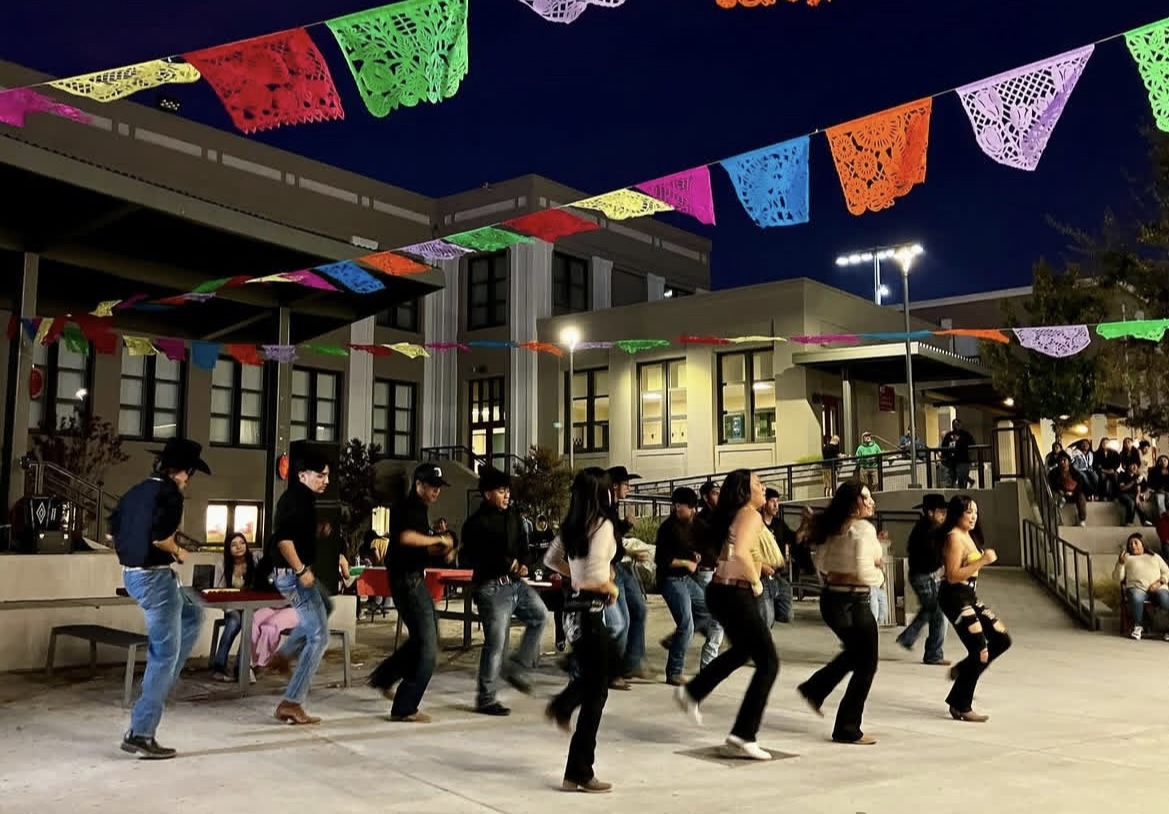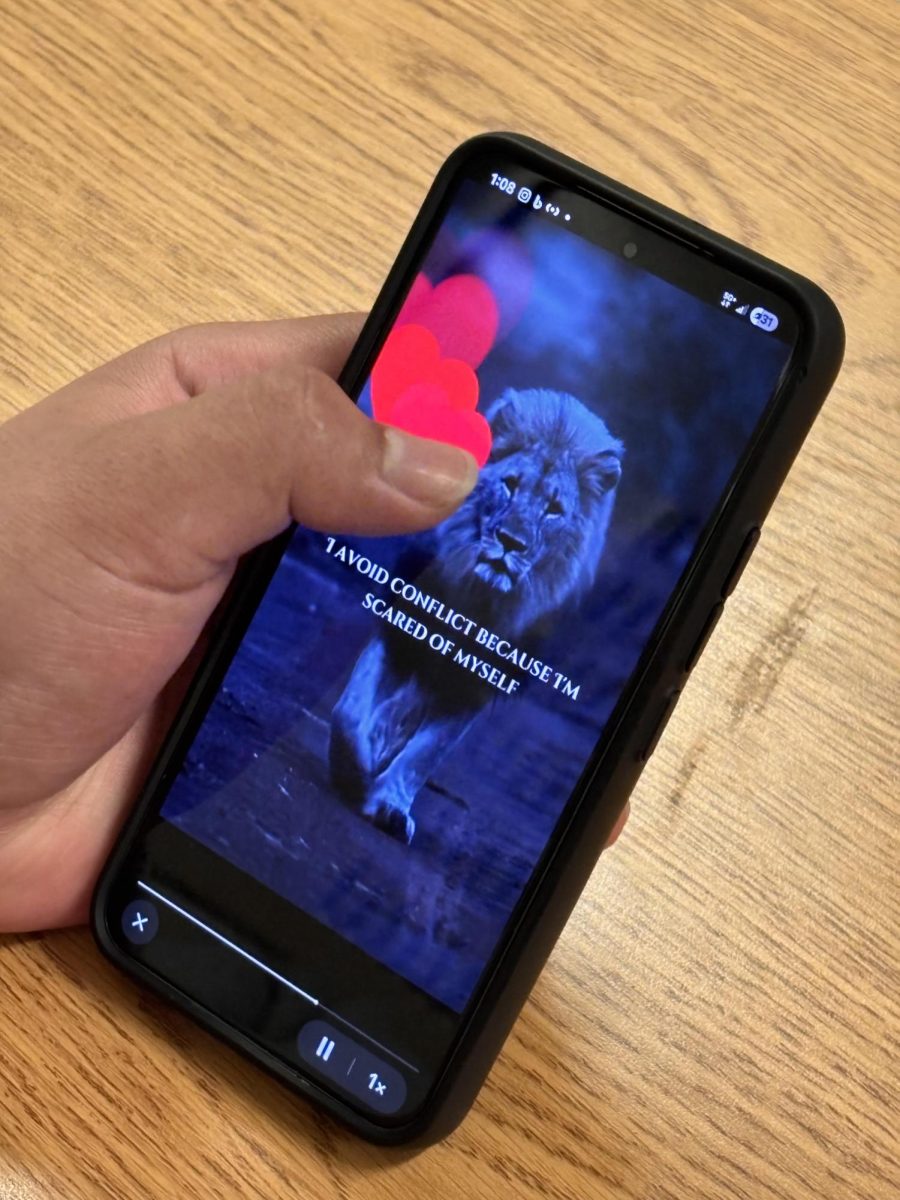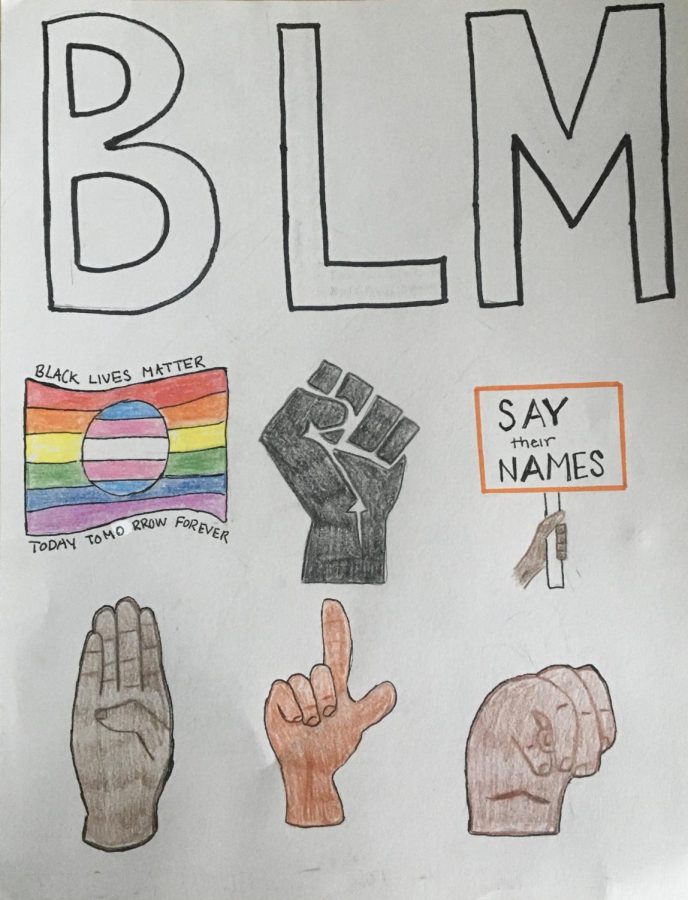Hispanic, Latino, or Spanish: What’s the Difference?

May 6, 2019
As I sat amongst the mix of Latino and Hispanic peers in my AVID class, we share family stories. Our conversation is paused after Nilo Benicio, a Brazilian-American, labels himself as Latino. The confused expressions on everyone’s faces revealed that they did not understand what is meant to be identified as Latino or Hispanic.
“Is there a difference between the terms?” Cristina Velasquez, a senior asked the others. There was a mix of responses that made me believe some students did not understand the terms correctly.
San Rafael High School is known for diversity. Diversity is an important and positive quality of a school environment. Yet, there are some details that several students misunderstand when using the terms Latino and Hispanic.
When individuals identify themselves incorrectly in their teen years, this creates confusion as they approach their adult years.
Are the labels, Hispanic, Latino, and Spanish all the same? Not really.
Hispanic refers to the language used within a region. The people who are considered Hispanic are the ones that speak Spanish or have descendants who spoke Spanish. This includes Mexico, Argentina, Bolivia, Chile, Colombia, Costa Rica, Cuba, Dominican Republic, Ecuador, El Salvador, Guatemala, Honduras, and several more Spanish-speaking countries.
The term Spanish is commonly used in two different ways. It is the name of a language. It is also used to define people from Spain. This creates confusion. Just because a person speaks Spanish does not mean they are Spanish (Spain).
As I continued talking to the group of AVID students, Kellyn Gracias, a senior, commented “There are several people that do not like being categorized. I, myself do not like being put a label that does not truly identify me.”
In a HuffPost article, a video by Bustle was being reported on. An individual in the video commented, “I hate when people call me Spanish because I’m not. If you’re Spanish, it’s because you’re from Spain.” The man in the video chose to be anonymous. This HuffPost article was under Latino Voices, a section where writers talk about issues and events that surround the Hispanic and Latino culture.
Latino is a term that identifies people in the regions of Latin America. This includes people who have descendants from Latin America as well as people from Brazil but excludes people from Spain.
According to a Vox article, “The Hispanic (and, likewise, Latino or the gender-neutral Latinx) identity is racialized in the US, even though these categories don’t actually refer to a race at all.”
“Everyone is always so confused when I mention I am in fact Latino due to looking very ‘white’,” Nilo added on after he saw the reaction from his peers.
The issue begins with a misunderstanding of how the term is defined. “Latinx and Hispanic identity signifies common cultural practices like language and shared histories, and those don’t easily map onto skin color,” further explained the Vox article. The misidentification of people comes from the misuse of the terms Hispanic, Latinx, and Spanish. The ambiguity of the terms allows for conversations like the one in my AVID class to occur. These conversations are essential in understanding the difference between all of these ways to identify oneself.





































